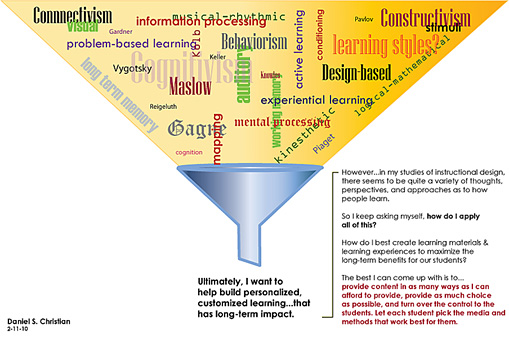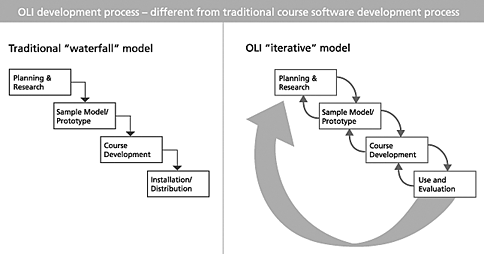Learning TRENDS by Elliott Masie – March 5, 2010.
#609 – Updates on Learning, Business & Technology.
54,891 Readers – http://www.masie.com – The MASIE Center.
Host: Virtual Leadership LAB & Seminar – Saratoga Springs
Google predicts demise of the desktop: John Herlihy, Google’s VP of Global Ad Operations, has claimed that desktop PCs would become “irrelevant” in three years down the line. Addressing the Digital Landscapes Conference in Dublin, Herlihy predicted a bleak future for desktop PCs, as smartphones, netbooks, along with other gadgets are evidently gaining grounds over them. In his keynote speech, Herlihy said: “In three years time, desktops will be irrelevant. In Japan, most research is done today on smart phones, not PCs”. This echoes Google CEO Eric Schmidt’s comments Global sales of smartphones and other high-end handheld devices have been soaring at a rapid pace and would very soon surpass sales of traditional PCs.” This has huge implications for the learning field – as we look towards supporting learning through a new and broader range of mobile based resources. Learning designers will need to refocus their design sensibilities towards a smaller footprint and very different type of learning application (emphasis DSC).











